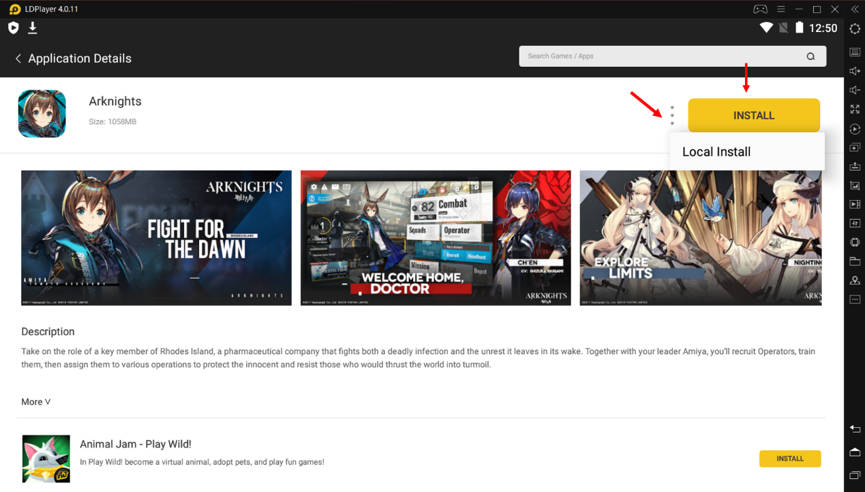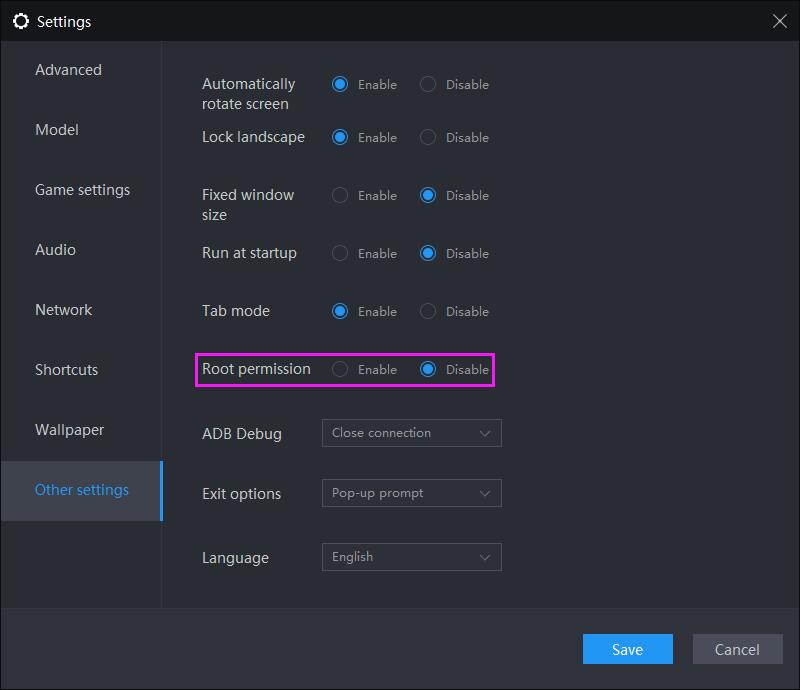

This enabled both users and developers to then run apps and games on their PC's and create more for mobile use. In fact, when Android was initially released, it came with an app or emulator to be able to run it on Windows for the purpose of software development. The issue required a way to bring over mobile applications to the PC world.

These may range from avoiding mobile battery life limitations to a more flexible mode of use (bigger screen, more comfortable and accessible controls, speed, software development, etc.). Not withstanding, there will always be users who would want or need to run said applications on their desktop or laptop PC's for a variety of reasons. Most of these are useful day-to-day applications that run on one's phone or tablet but the most popular (of course) are the games. However, despite the exception again of Apple and a few others, most of the current mobile apps now run on Android. As time went on, almost every mobile device manufacturer had to conform to the way the industry ran things using Android OS to have access to the resources built for and around it.

When the Android operating system came out for mobile devices in 2008, it brought a way to standardize the way these devices run and execute applications very much similarly to the way Windows did for the PC market. Let's take a quick look at what each of them has to offer and which one does it better. In choosing an Android Emulator to run one's mobile apps on a PC, there are three that currently stand out. Bluestacks vs Nox Player vs LD Player: Which Android Emulator is Better? |


 0 kommentar(er)
0 kommentar(er)
